Home>Articles>What Do You Call On Curtains That Go On A Track
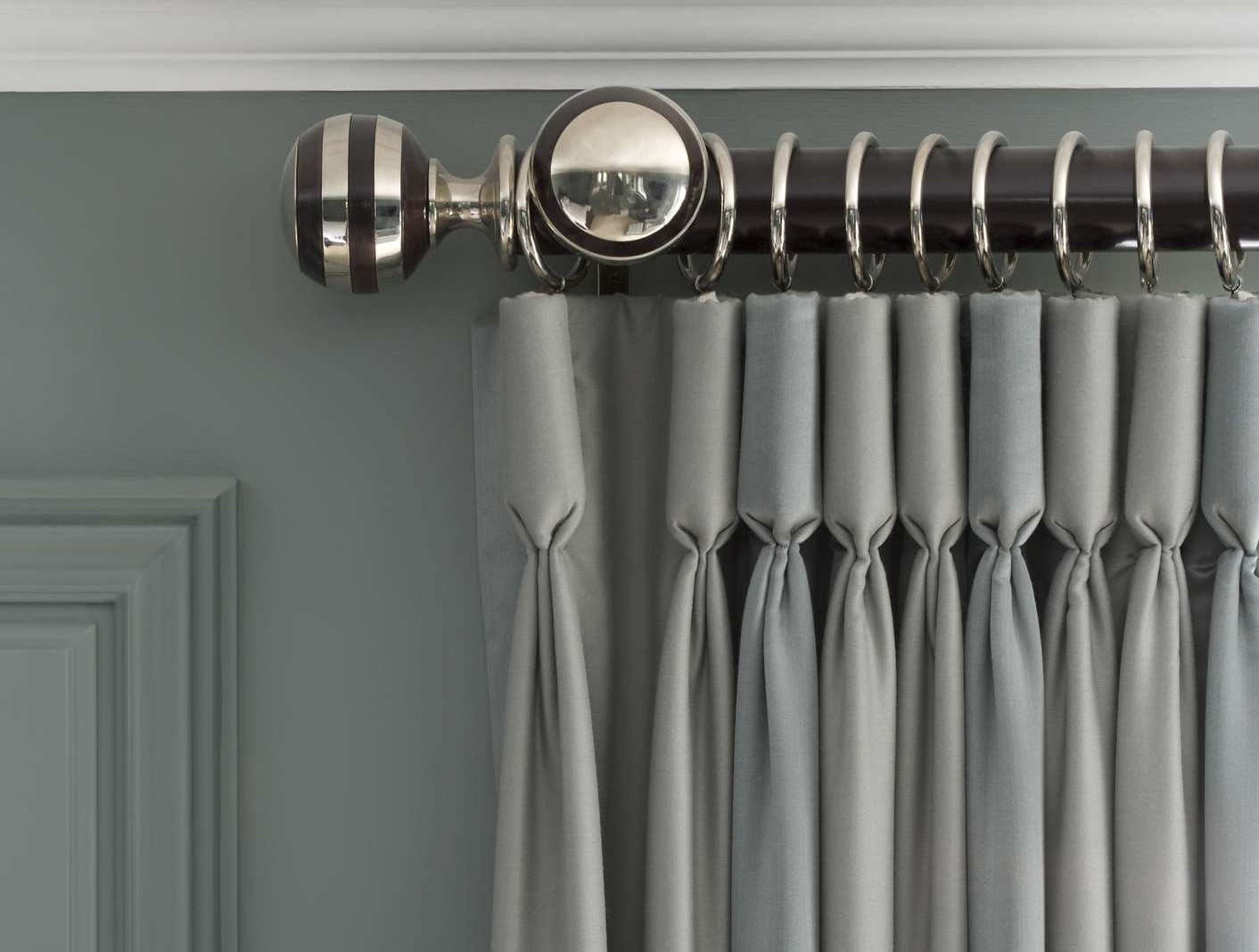

Articles
What Do You Call On Curtains That Go On A Track
Modified: February 24, 2024
Find out what you call the articles used on curtains that go on a track. Discover the proper terminology for these functional and stylish window accessories.
(Many of the links in this article redirect to a specific reviewed product. Your purchase of these products through affiliate links helps to generate commission for Storables.com, at no extra cost. Learn more)
Introduction
Choosing the right curtains can make a significant difference in the overall aesthetic appeal of a room. When it comes to curtains that go on a track, they offer a unique combination of functionality and style. But what exactly do you call these types of curtains? In this article, we will explore the terminology used to refer to curtains that go on tracks, the different types of curtains available for tracks, as well as their advantages and disadvantages.
But first, let’s gain a better understanding of what curtain tracks actually are.
Curtain tracks: Curtain tracks are the mechanisms that hold and allow curtains to move along a designated path. They are typically made of metal or plastic and can be mounted to the ceiling or wall, allowing for a smooth and effortless operation of the curtains.
Now that we have a basic understanding of curtain tracks, let’s delve into the various types of curtains that can be used with them.
Key Takeaways:
- Curtains that go on tracks offer smooth operation, flexibility in arrangement, and enhanced aesthetics, but may have initial cost and maintenance challenges. Consider the advantages and disadvantages before choosing curtains for tracks.
- Understanding the terminology, installation process, and maintenance requirements for curtains on tracks can help you make an informed decision. Choose curtains that meet your needs and style preferences for a stunning window treatment.
Read more: What Are Kitchen Curtains Called
Understanding Curtain Tracks
Curtain tracks are an essential component in the installation of curtains that go on a track. Understanding how they work can help you make an informed decision when choosing curtains for your space.
Types of curtain tracks: There are several types of curtain tracks available, each with its own unique features and functionality.
- Ceiling-mounted tracks: These tracks are installed on the ceiling, offering a sleek and modern look. They are often the preferred choice for rooms with tall windows or limited wall space.
- Wall-mounted tracks: This type of track is attached to the wall and is a versatile option that can be used in various room configurations. They are commonly used in residential and commercial settings.
- Double tracks: Double tracks consist of two parallel tracks, allowing for the use of multiple layers of curtains. This offers the flexibility to combine heavier blackout curtains with sheer curtains for privacy and light control.
- Corded tracks: Corded tracks feature a pull cord mechanism that enables smooth and effortless operation of the curtains. This is especially beneficial for large or heavy curtains.
Each type of track has its own installation requirements and benefits. Before making a decision, consider factors such as the weight of your curtains, the desired functionality, and the overall design aesthetic of your space.
Now that we have a better understanding of curtain tracks, let’s explore the different types of curtains that can be used with these tracks.
Types of Curtains for Tracks
Curtains that go on tracks offer a wide range of options when it comes to enhancing the beauty and functionality of your space. Here are some common types of curtains that are compatible with curtain tracks:
- Pleated curtains: Pleated curtains are a classic choice for tracks. They feature evenly spaced pleats that add an elegant and tailored look to any room. Pleated curtains are available in various materials, patterns, and colors to suit different decor styles.
- Grommet curtains: Grommet curtains have metal rings or grommets along the top edge, allowing the curtain to slide smoothly along the track. They offer a contemporary and modern look and are available in a wide range of fabrics and designs.
- Tab top curtains: Tab top curtains have fabric loops or tabs along the top edge that hang directly on the curtain track. They create a casual and relaxed aesthetic and are often used in more informal settings.
- Pinch pleat curtains: Pinch pleat curtains feature pleats that are sewn in at regular intervals, creating a tailored and sophisticated look. These curtains are compatible with curtain tracks and provide a luxurious touch to any space.
- Sheer curtains: Sheer curtains are lightweight and translucent, allowing natural light to filter through while offering privacy. They can be used on their own for a soft and airy look or layered with heavier curtains for added privacy and light control.
- Blackout curtains: If you’re looking to block out light and create a darkened environment, blackout curtains are the perfect choice. They are made from thick, opaque materials that prevent sunlight from entering the room.
These are just a few examples of the types of curtains that are compatible with curtain tracks. It’s important to consider factors such as the desired level of privacy, light control, and aesthetic appeal when choosing curtains for your tracks.
Now that we have explored the various types of curtains available, let’s dive into the terminology commonly used to refer to curtains on tracks.
Common Terms for Curtains on Tracks
When it comes to curtains that go on tracks, there are several common terms used to describe them. Understanding these terms can help you better communicate your needs and preferences when shopping for curtains. Here are some of the most commonly used terms:
- Track curtains: This term refers to curtains specifically designed to be used with curtain tracks. They are often made with a header or attachments that allow them to easily slide along the track.
- Glider or carrier: Gliders or carriers are the small clips or hooks attached to the curtains that glide along the track, allowing for smooth and effortless movement.
- Header: The header is the top part of the curtain that attaches to the gliders or carriers. Different types of headers, such as pleats, grommets, or tabs, determine how the curtain hangs on the track.
- Overlap: The overlap refers to the amount of fabric that overlaps when multiple curtains are used on a track. This helps to prevent light gaps and provides better privacy and light control.
- Curtain hooks: Curtain hooks are used to attach the curtains to the gliders or carriers. They come in various styles and sizes to suit different types of tracks and curtains.
- Curtain pull or wand: A curtain pull or wand is a long rod or stick that is attached to the leading glider or carrier. It allows for easy opening and closing of the curtains, especially when the track is high or out of reach.
By familiarizing yourself with these terms, you can effectively discuss your requirements with curtain suppliers or professionals. It’s important to note that some terms may have regional variations, so it’s always a good idea to clarify any specific terminology when discussing curtains for tracks.
Now that we have covered the common terms associated with curtains on tracks, let’s examine the advantages and disadvantages of using curtains on tracks.
Advantages of Curtains on Tracks
Curtains that go on tracks offer a range of advantages that make them a popular choice among homeowners and interior designers alike. Here are some of the key advantages:
- Smooth and quiet operation: Curtain tracks provide a smooth and quiet operation, allowing for effortless opening and closing of the curtains. This is especially beneficial for large or heavy curtains, as they can be easily maneuvered along the track without putting strain on the fabric or causing noise.
- Flexibility in curtain arrangement: With curtain tracks, you have the flexibility to arrange your curtains in various ways. You can stack them to one side, split them in the middle, or even layer multiple curtains for different purposes, such as light control, privacy, or adding depth to the window treatment.
- Better light control: The smooth operation of curtain tracks allows for precise light control. You can easily adjust the curtains to let in more or less light, creating the desired ambiance in your space. For ultimate light control, combining sheer and blackout curtains on separate tracks offers maximum versatility.
- Space-saving: Curtain tracks, especially ceiling-mounted ones, help save space compared to traditional curtain rods. This is particularly advantageous in smaller rooms or rooms with limited wall space, as you can maximize the usable area without obstruction from protruding curtain hardware.
- Enhanced aesthetics: Curtain tracks offer a sleek and streamlined look, as the hardware is concealed and does not distract from the overall aesthetic of the curtains. Additionally, the ability to create uniform pleats or neat folds with curtain tracks adds a polished and professional appearance to your window treatments.
- Durability and longevity: High-quality curtain tracks are built to last, offering durability and longevity. They can withstand frequent use without compromising their functionality, ensuring that your curtains will continue to operate smoothly for years to come.
These advantages make curtains on tracks a versatile and practical choice for both residential and commercial spaces. However, it’s important to consider the potential disadvantages as well.
Now that we have explored the advantages of curtains on tracks, let’s examine the potential downsides.
The curtains that go on a track are called “track curtains” or “curtains with a track system.” They are designed to smoothly glide open and closed along the track, providing a sleek and modern look to your window treatments.
Read more: What Are Curtains With Hooks Called
Disadvantages of Curtains on Tracks
While curtains that go on tracks offer numerous advantages, it’s important to consider the potential disadvantages before making a decision. Here are some of the key drawbacks:
- Initial cost: Curtain tracks can be more expensive than traditional curtain rods. The cost includes not only the tracks themselves but also the additional accessories such as gliders, hooks, and pull wands. However, it’s worth noting that the long-term benefits and durability of curtain tracks can offset the initial investment.
- Installation complexity: Installing curtain tracks can be more complex than installing curtain rods. It may require measuring, accurately positioning the tracks, and ensuring proper alignment. If you’re not comfortable with DIY installations, you may need to hire a professional, which adds to the overall cost.
- Limited style options: While there is a wide range of curtain styles available for tracks, the variety may be more limited compared to options for traditional curtain rods. Some intricate or heavily embellished curtain designs may not be suitable for tracks due to their weight or the way they hang. It’s essential to consider the compatibility of your desired curtain style with curtain tracks before making a purchase.
- Potential track visibility: In some installations, the curtain tracks may be slightly visible, especially if the curtains are open or partially drawn. While modern tracks are designed to be discreet, the visibility of the track may still be a concern for those seeking a completely seamless and hidden appearance.
- Maintenance challenges: Curtain tracks, especially those mounted on the ceiling, can be more challenging to clean compared to curtain rods. Dust and dirt may accumulate on the track over time, requiring periodic cleaning to ensure smooth operation. Additionally, damaged or broken gliders or hooks may need to be replaced to maintain proper functionality.
Considering these potential drawbacks will help you make an informed decision based on your specific needs and preferences. It’s essential to weigh the advantages against the disadvantages to determine if curtains on tracks are the right choice for your space.
Now that we have explored the advantages and disadvantages of curtains on tracks, let’s move on to discussing the installation process.
Installation of Curtains on Tracks
The installation process for curtains on tracks may vary depending on the type of track and the specific requirements of your space. Here are the general steps involved in installing curtains on tracks:
- Measure and plan: Start by measuring the width and height of your window or desired curtain area. This will help determine the length of the track and the number of gliders or carriers needed. Consider any obstructions such as light switches or air vents that may need to be taken into account during the installation process.
- Choose the appropriate track: Select a curtain track that suits your needs based on factors such as the weight and length of your curtains, the desired functionality, and the aesthetic appeal. Consider whether a ceiling-mounted or wall-mounted track would work best in your space.
- Mount the track: Follow the manufacturer’s instructions to properly mount the curtain track. Use a level to ensure that the track is perfectly straight. If installing a ceiling-mounted track, make sure to securely attach it to the ceiling joists or use appropriate hardware for the specific ceiling material.
- Attach gliders or carriers: Attach the gliders or carriers to the curtain track, following the track’s instructions. Make sure they are evenly spaced and secure, ensuring smooth movement along the track.
- Hang the curtains: Hang the curtains on the gliders or carriers, making sure they are evenly distributed. Adjust the overlap if using multiple curtains to ensure proper coverage and privacy. Add any additional hooks or attachments as needed.
- Test and adjust: Once the curtains are hung, test their movement along the track to ensure smooth operation. Make any necessary adjustments to the gliders, carriers, or curtain placement to achieve the desired look and functionality.
It is recommended to follow the specific installation instructions provided by the manufacturer of the curtain track, as each track may have its own unique requirements.
Now that you know how to install curtains on tracks, let’s explore the maintenance and care needed to keep them in the best condition.
Maintenance and Care for Curtains on Tracks
Maintaining and caring for curtains on tracks is crucial to ensure their longevity and optimal performance. Here are some tips to keep your curtains and tracks in the best condition:
- Regular cleaning: Vacuum or dust your curtains regularly to prevent the accumulation of dirt and dust. This will help maintain their appearance and prevent any damage to the fabric. Follow the manufacturer’s cleaning instructions for your specific curtain material.
- Clean the tracks: Periodically clean the curtain tracks to ensure smooth operation. Use a soft cloth or brush to remove any dust or debris that may have accumulated. Avoid using abrasive cleaners or excessive moisture that may damage the tracks.
- Inspect and replace gliders or carriers: Regularly check the condition of the gliders or carriers that allow the curtains to slide along the track. If any are damaged or no longer functioning properly, replace them to maintain smooth operation.
- Check for track alignment: Over time, curtain tracks may shift or become misaligned. Check the alignment of the tracks periodically and adjust them if necessary to ensure the curtains hang straight and move smoothly.
- Address rust or corrosion: If you have metal curtain tracks, keep an eye out for signs of rust or corrosion. If detected, clean the affected areas and apply a rust-inhibiting paint or coating to prevent further damage.
- Handle with care: When opening or closing the curtains, handle them gently to avoid any unnecessary stress or strain on the fabric and the track. Pull the curtains straight along the track, avoiding any excessive force or tugging.
- Track lubrication: Some curtain tracks may benefit from occasional lubrication to maintain smooth movement. Consult the manufacturer’s instructions for the recommended type of lubricant and application method.
By following these maintenance tips, you can prolong the life of your curtains on tracks and ensure they continue to operate smoothly and look their best over time.
Now that we have discussed the maintenance and care for curtains on tracks, let’s conclude our article.
Conclusion
Curtains that go on tracks offer a practical and stylish solution for enhancing the beauty and functionality of any space. By understanding the terminology, different types of curtains, advantages, disadvantages, installation process, and maintenance requirements, you can make an informed decision when it comes to choosing curtains for tracks.
Curtain tracks provide a smooth and quiet operation, allowing for easy opening and closing of the curtains. They offer flexibility in curtain arrangement, better light control, space-saving benefits, and enhanced aesthetics. However, it’s important to consider factors such as the initial cost, installation complexity, limited style options, potential track visibility, and maintenance challenges.
When installing curtains on tracks, carefully measure and plan, choose the appropriate track, mount it securely, and hang the curtains with the necessary attachments. Regular maintenance, including cleaning the curtains and tracks, inspecting and replacing gliders or carriers, and addressing any rust or corrosion, will help ensure the longevity and optimal performance of the curtains on tracks.
Whether you opt for pleated curtains, grommet curtains, tab top curtains, pinch pleat curtains, sheer curtains, or blackout curtains, curtains on tracks offer versatility and functionality that can transform any space. From residential homes to commercial establishments, curtains on tracks provide a seamless and polished look while offering practical benefits such as light control and privacy.
By considering the advantages, disadvantages, installation process, and maintenance requirements, you can confidently choose curtains for tracks that meet your needs, match your style preferences, and enhance the overall ambiance of your space.
So, whether you’re looking to update your living room, bedroom, or office space, consider the beauty and functionality of curtains that go on tracks. The right curtains, paired with a well-designed track system, can create a stunning window treatment that adds character and charm to any room.
Frequently Asked Questions about What Do You Call On Curtains That Go On A Track
Was this page helpful?
At Storables.com, we guarantee accurate and reliable information. Our content, validated by Expert Board Contributors, is crafted following stringent Editorial Policies. We're committed to providing you with well-researched, expert-backed insights for all your informational needs.
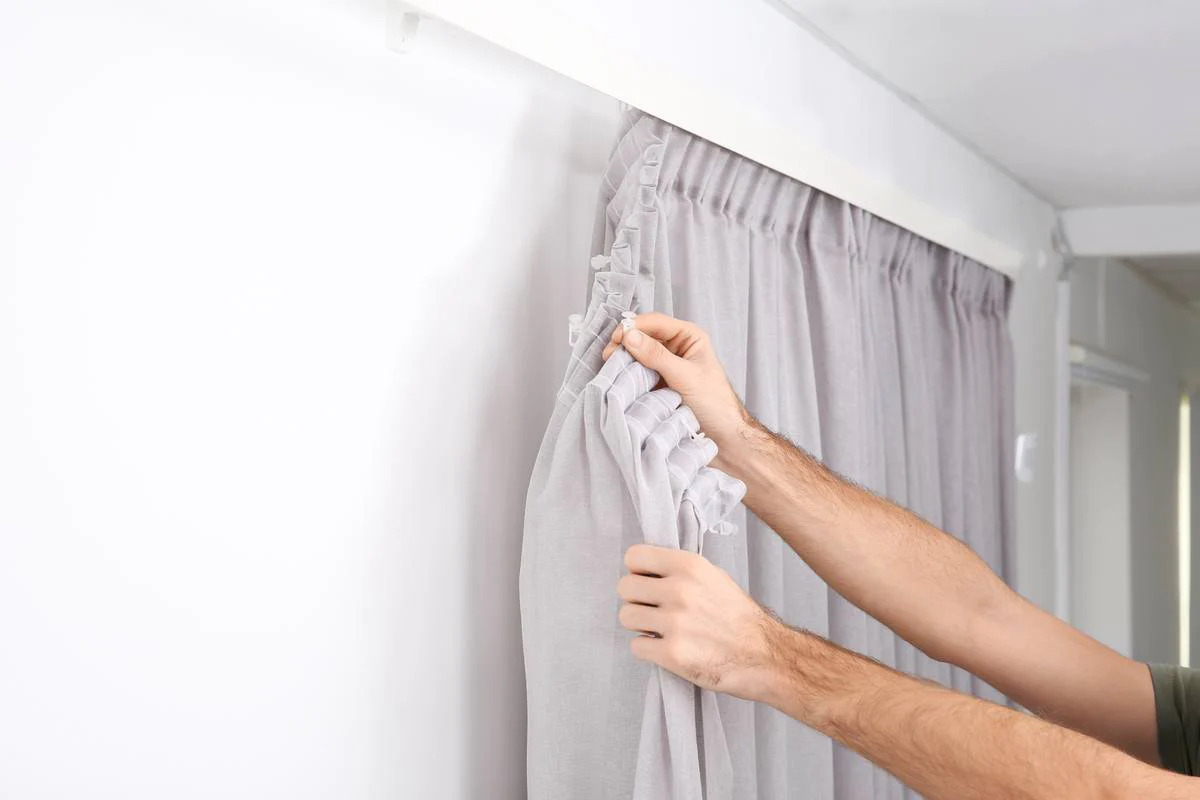
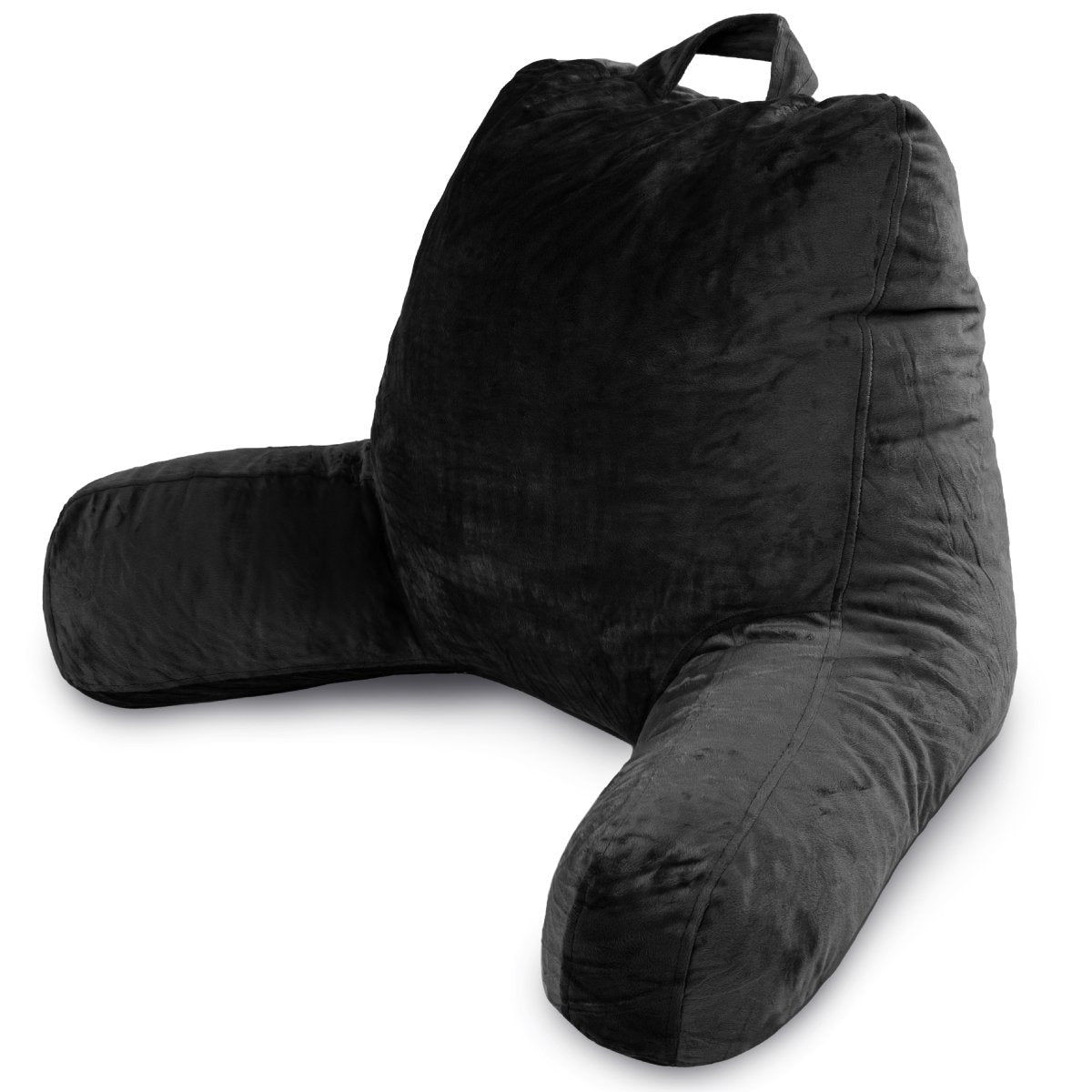
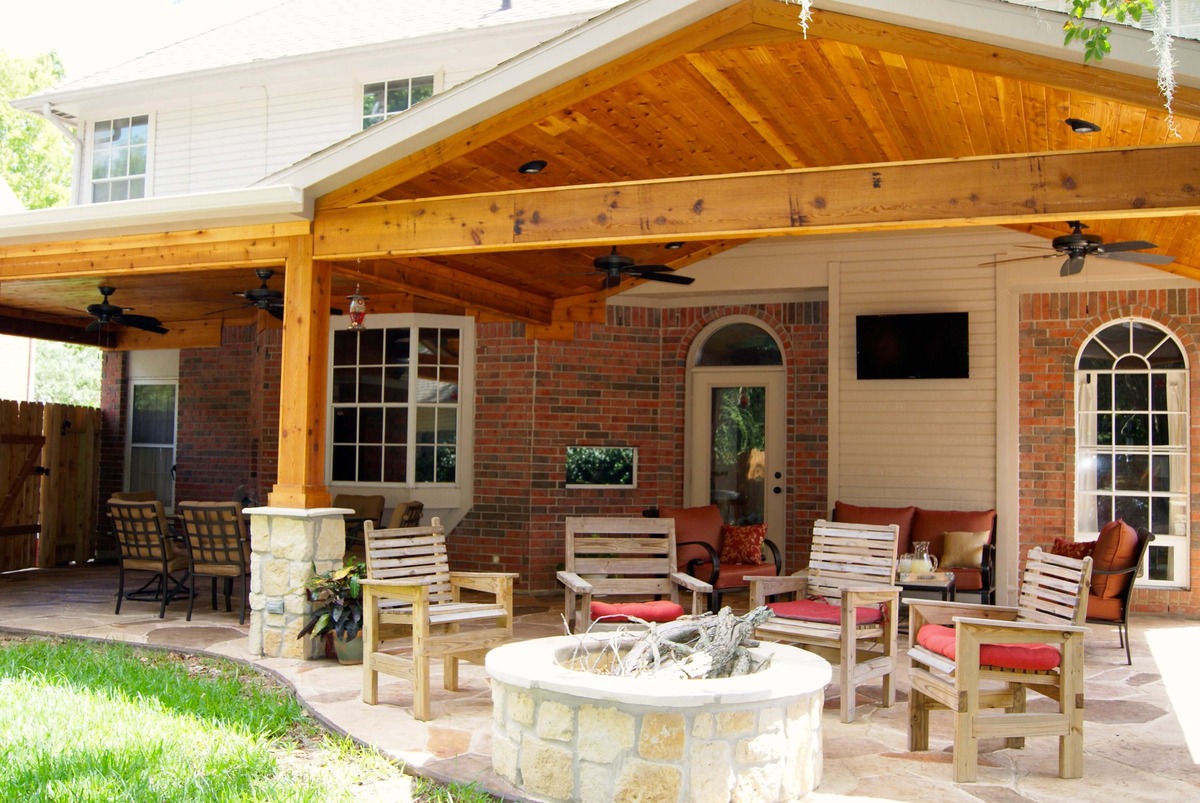
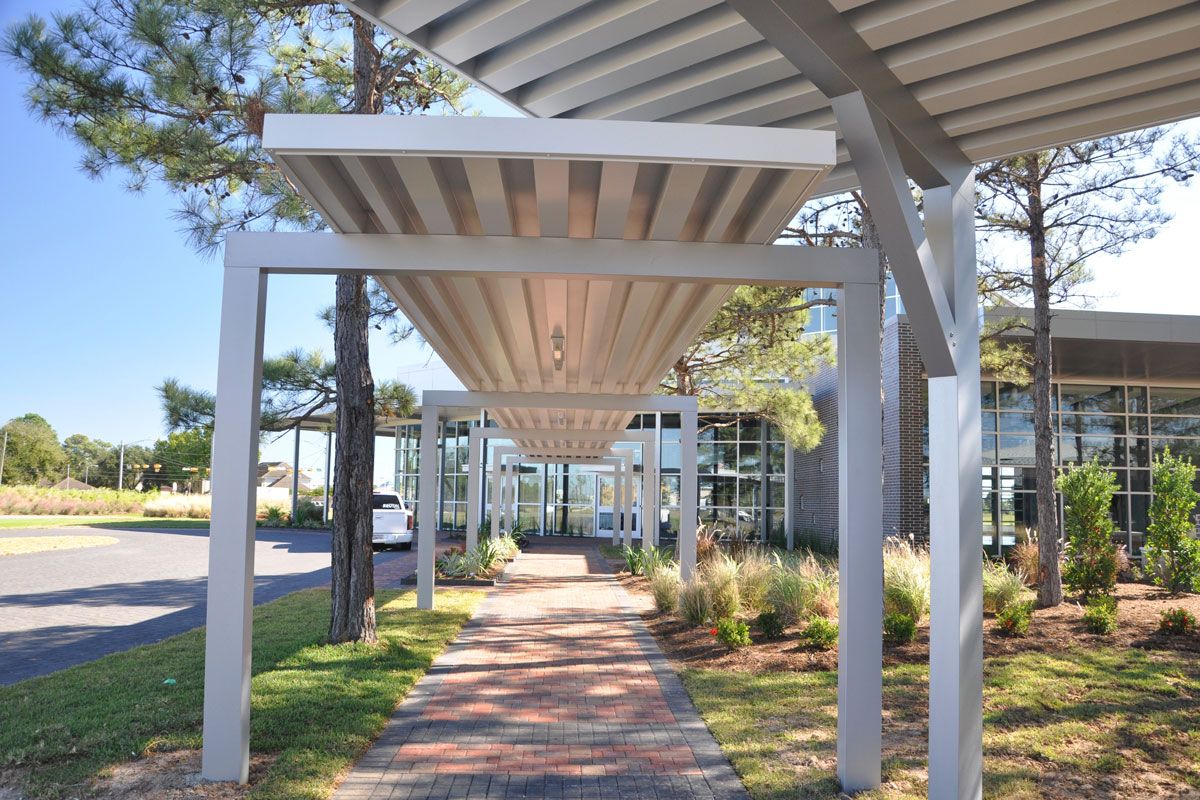
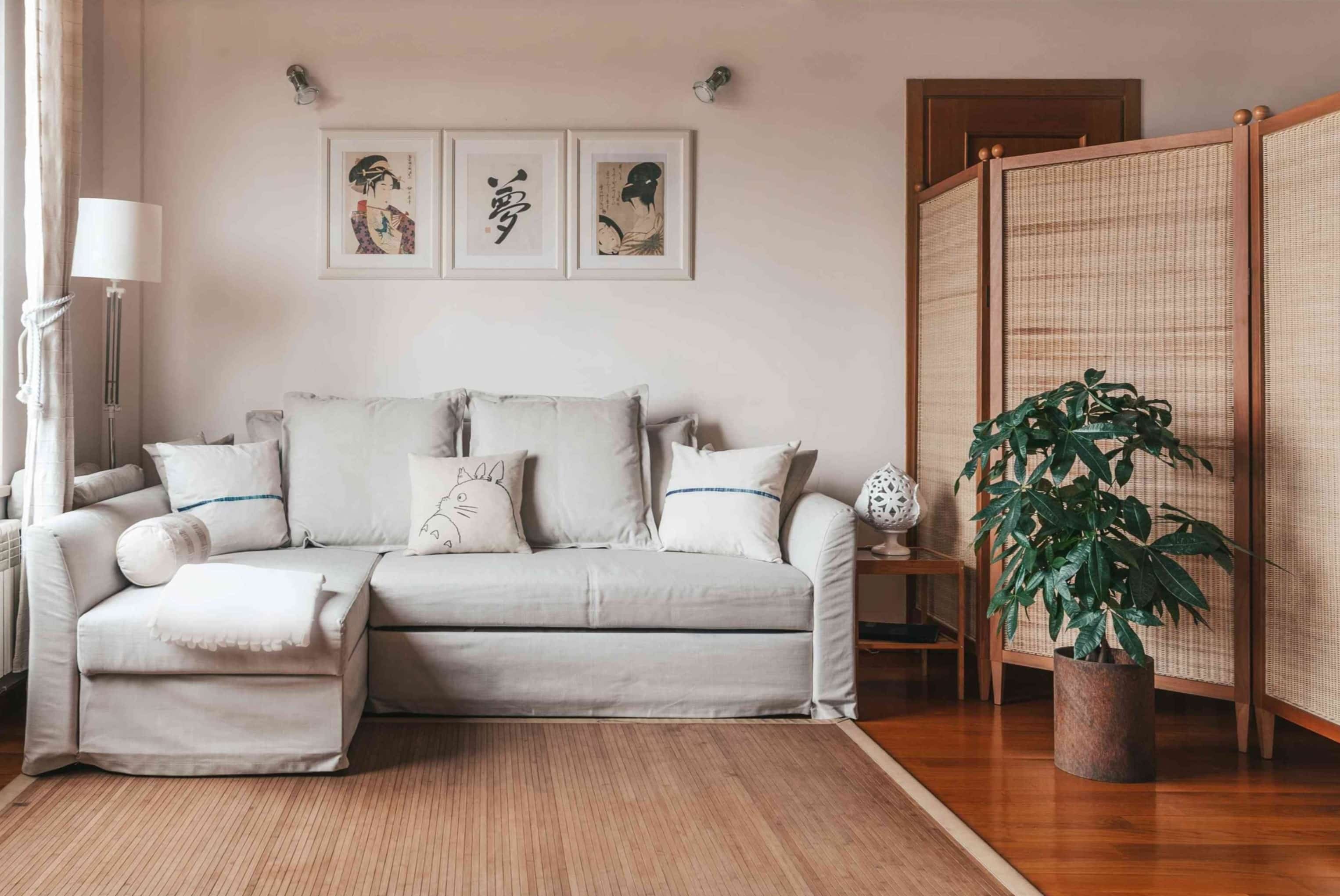

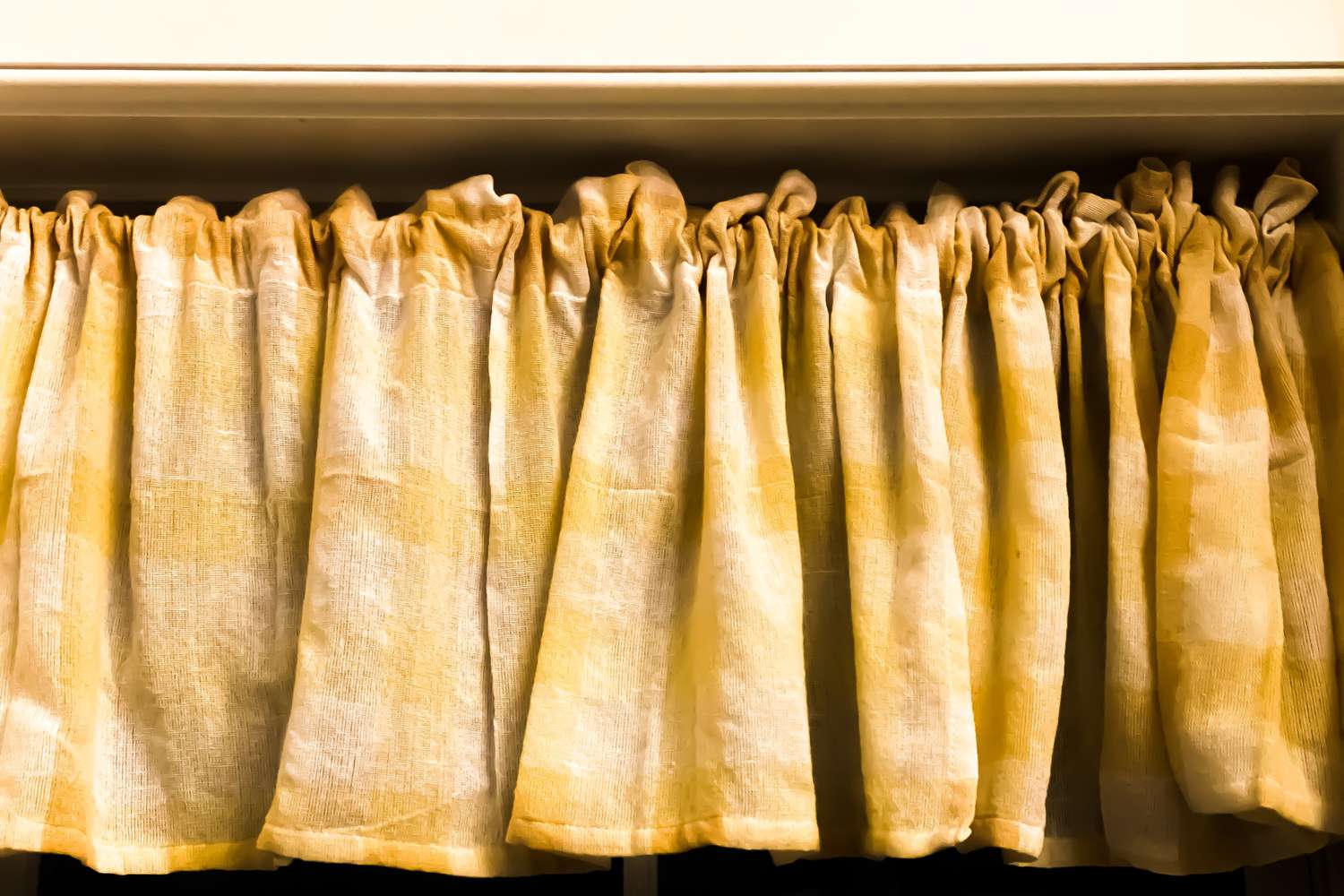

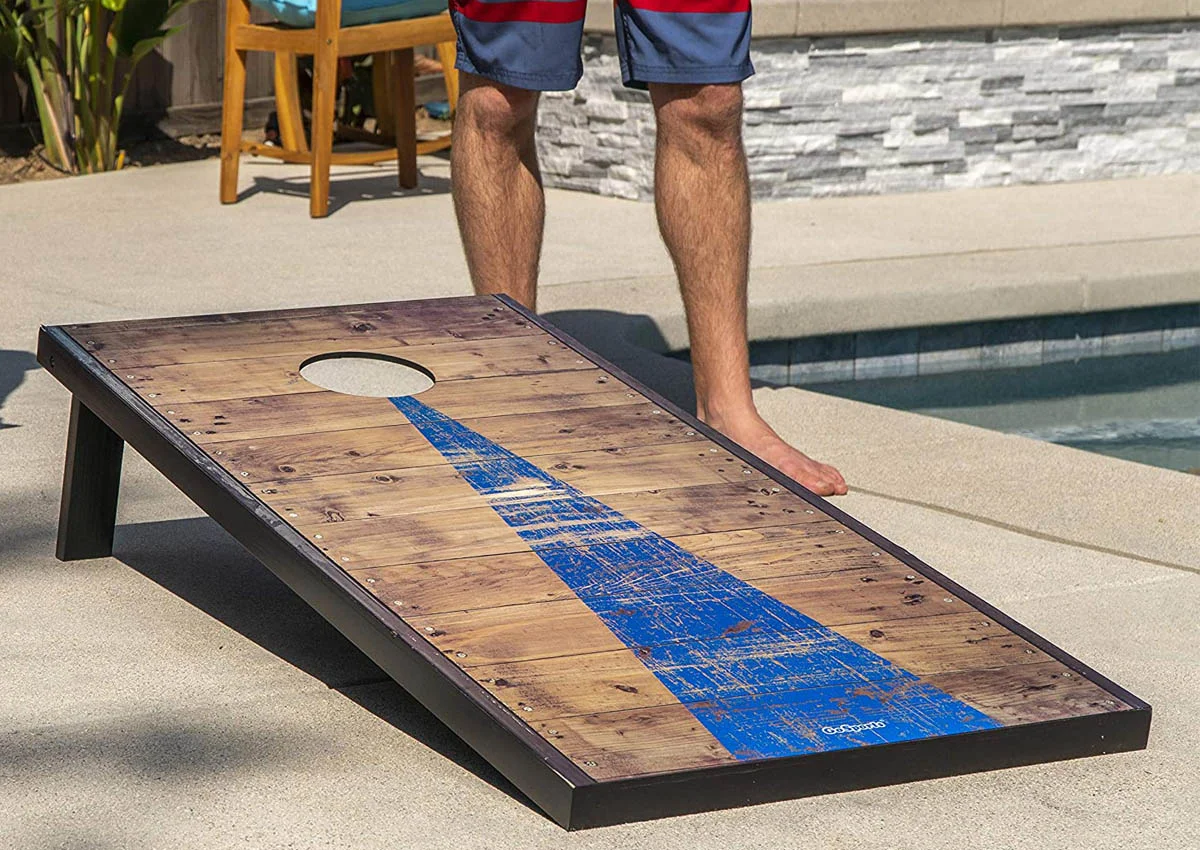
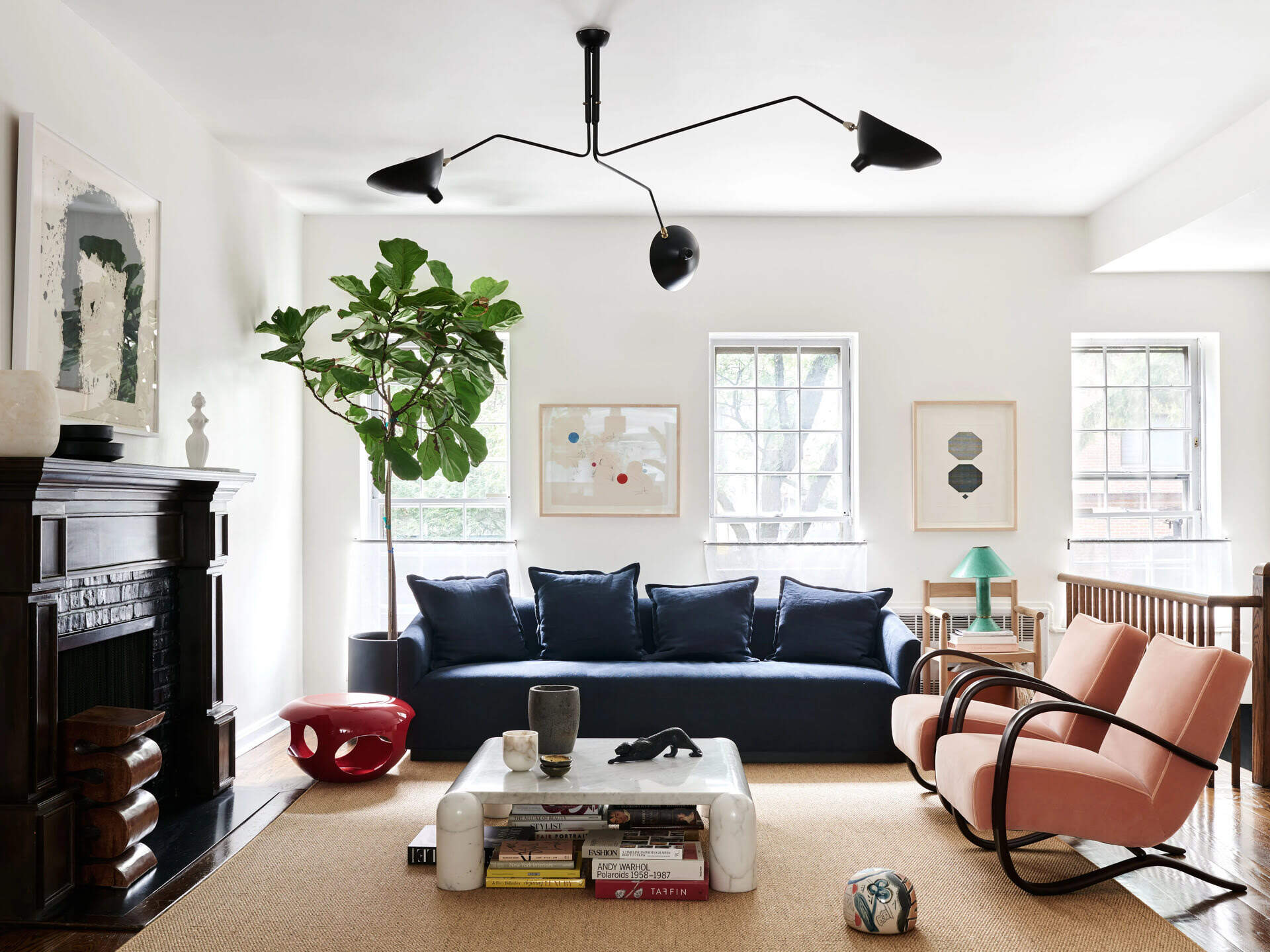
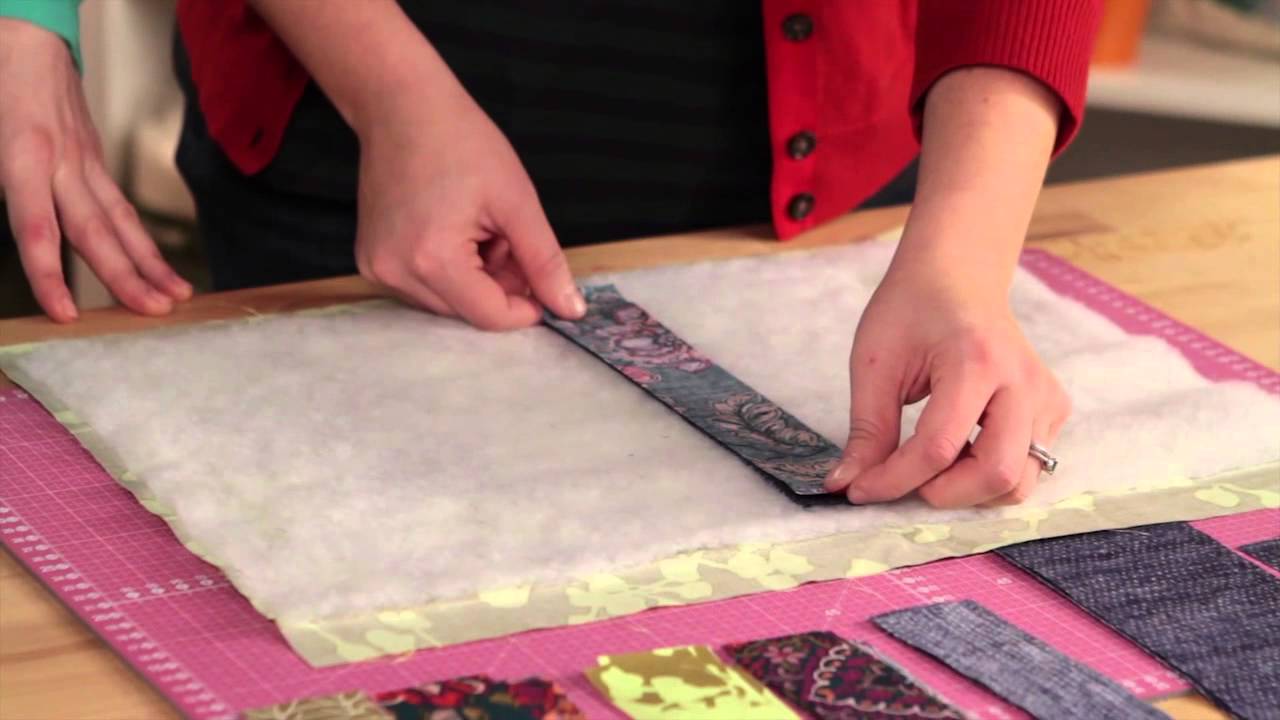

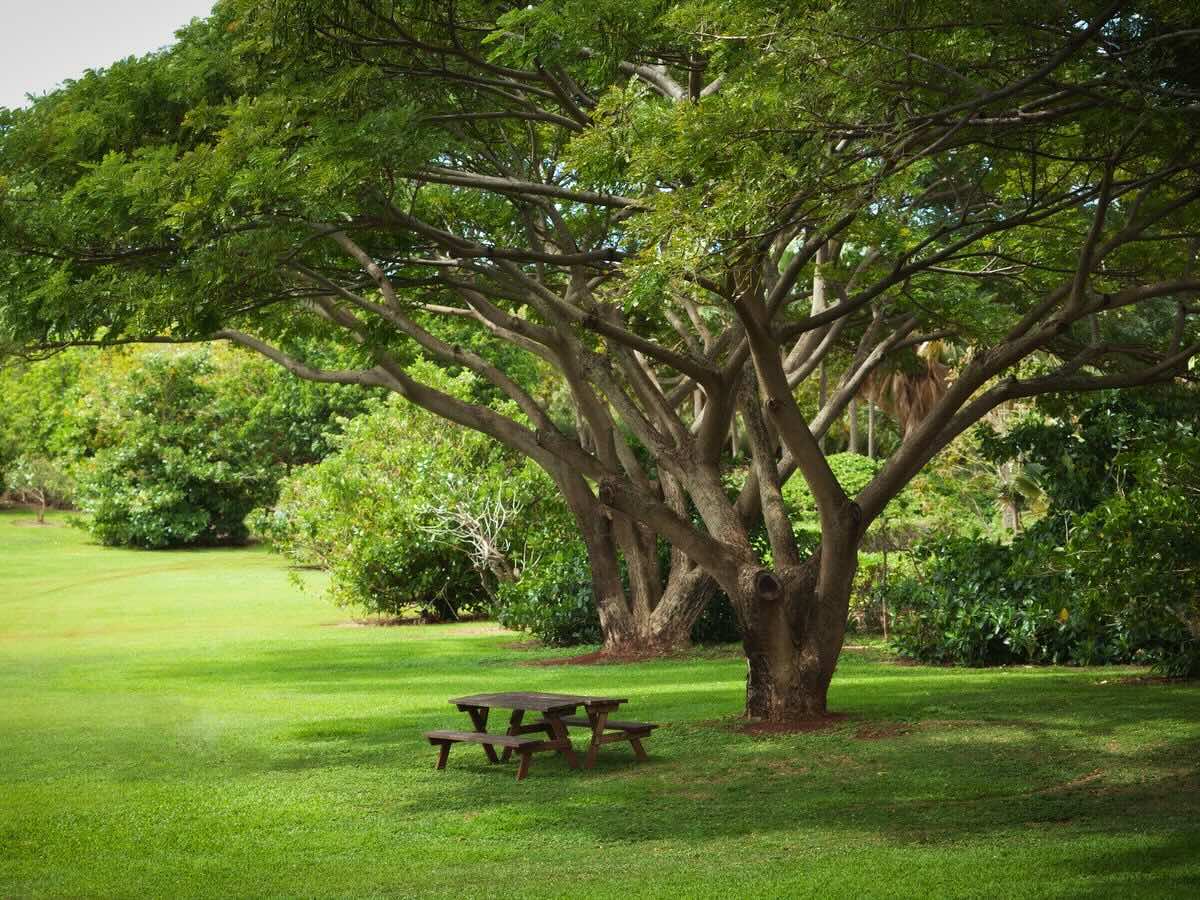
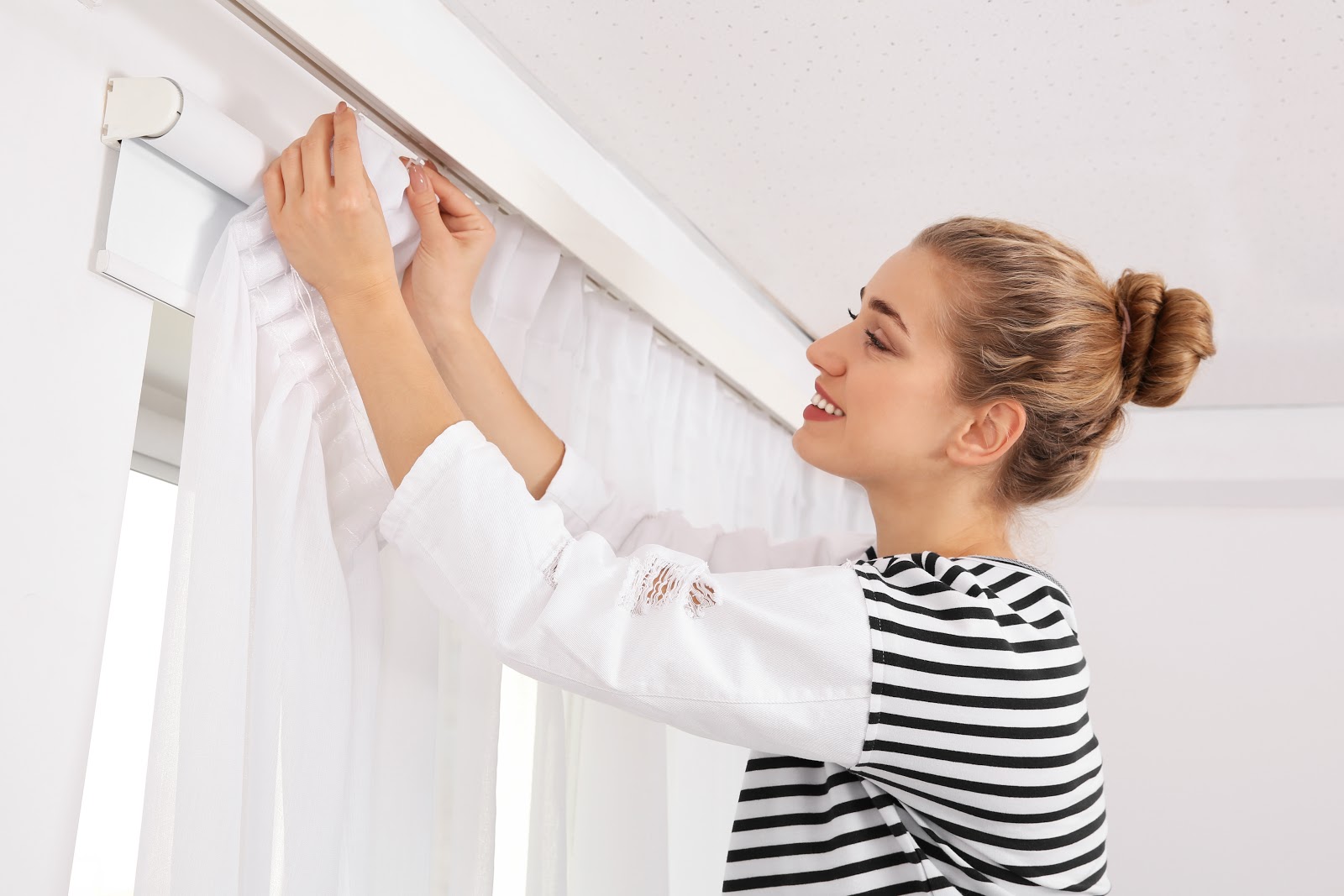

0 thoughts on “What Do You Call On Curtains That Go On A Track”